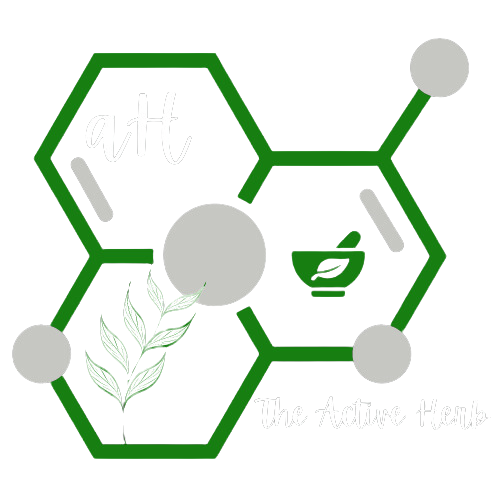From Pulp to Powder: How to Transform Beet, Apple, and Ginger Juicing Leftovers into a Superfood Boost
No Waste, Big Gains: Why I Started Making My Own Pulp Powders
Let’s be honest — after a good juicing session, that leftover pulp staring back at you can feel a little wasteful.
And if you’re like me, you know there’s still so much life left inside those vibrant fibers.
Instead of tossing it, I started experimenting with ways to transform my juice pulp into shelf-stable powders — boosting my smoothies, teas, and even my baked goods without letting all those nutrients go to waste.
Today, I’m sharing one of my favorites: turning beet, apple, and ginger pulp into a beautiful, antioxidant-packed powder — right from your own kitchen.
Bioactive Compounds & Nutritional Benefits:
What’s Left in the Pulp? A Lot More Than You Think.
Even after juicing, beet, apple, and ginger pulp are still loaded with beneficial compounds:
IngredientKey BioactivesBenefitsBeetBetalains, Nitrate, PolyphenolsAntioxidant protection, supports blood flow, anti-inflammatoryAppleQuercetin, Pectin Fiber, Vitamin CGut health, immune support, antioxidant activityGingerGingerol, ShogaolAnti-inflammatory, digestion aid, natural immune booster
Betalains (from beets) are powerful pigments that help fight oxidative stress.
Quercetin (from apples) is a plant polyphenol linked to anti-inflammatory and anti-histamine effects.
And gingerols (from ginger) are some of the most studied natural compounds for soothing digestion and reducing inflammation.
Drying and powdering helps you hold onto much of that good stuff — and lets you sneak it into recipes long after your juicer has cooled down.
Materials You’ll Need:
Fresh leftover pulp from beet, apple, and ginger juice
Baking sheet(s)
Parchment paper
Oven
High-speed blender or spice grinder
Airtight jar or container for storage
How to Make Beet, Apple, and Ginger Pulp Powder:
Materials and Methods: (Step-by-Step Instructions)
Prep the Pulp:
After juicing, collect your beet, apple, and ginger pulp immediately.
Spread it thinly onto a parchment-lined baking sheet, breaking up large clumps with a fork.Dehydrate Slowly:
Set your oven to the lowest temperature possible — ideally around 170°F (77°C) or lower.
Place the baking sheet in the oven and allow the pulp to dry for 6 to 8 hours.
(Low and slow is key to preserving nutrients.)
Stir lightly every hour or so to help it dry evenly and prevent sticking.Check for Crispness:
The pulp is ready when it feels completely dry, crisp, and brittle to the touch — no moisture pockets left.Cool & Blend:
Allow the dried pulp to cool completely.
Then blend it in a high-speed blender or spice grinder until it forms a fine, even powder.Store Properly:
Transfer the powder into an airtight glass jar.
Keep it away from heat, moisture, and direct sunlight to protect its potency.
Shelf Life:
If stored properly in an airtight container in a cool, dark place, your beet-apple-ginger powder should stay fresh for about 6 to 8 months.
You'll know it's time to replace it if the powder loses its vibrant color or if the aroma weakens significantly.
How to Use Your Pulp Powder:
MethodHow to Use It
Smoothies: Add 1 teaspoon for an antioxidant boost without extra prep.
Teas: Stir into herbal teas for a naturally sweet, earthy flavor.
Baking: Mix into muffins, pancakes, or energy bites for color and nutrition.
Face Masks: (Optional DIY) Blend with a little honey and yogurt for a gentle antioxidant-rich facial treatment.
Natural Coloring: Add to frosting, smoothies, or oatmeal for a pop of natural color without synthetic dyes.
Final Thoughts:
In a world where it’s so easy to waste, small steps like this matter.
Turning your juice pulp into functional, nutrient-dense powder is not just about saving scraps — it’s about respecting the fullness of what nature gives us.
And if you can boost your smoothies, teas, and recipes at the same time?
That’s what I call active herb living — using what moves you, in every sense.
Stay vibrant, stay grounded — and don’t waste a drop.

